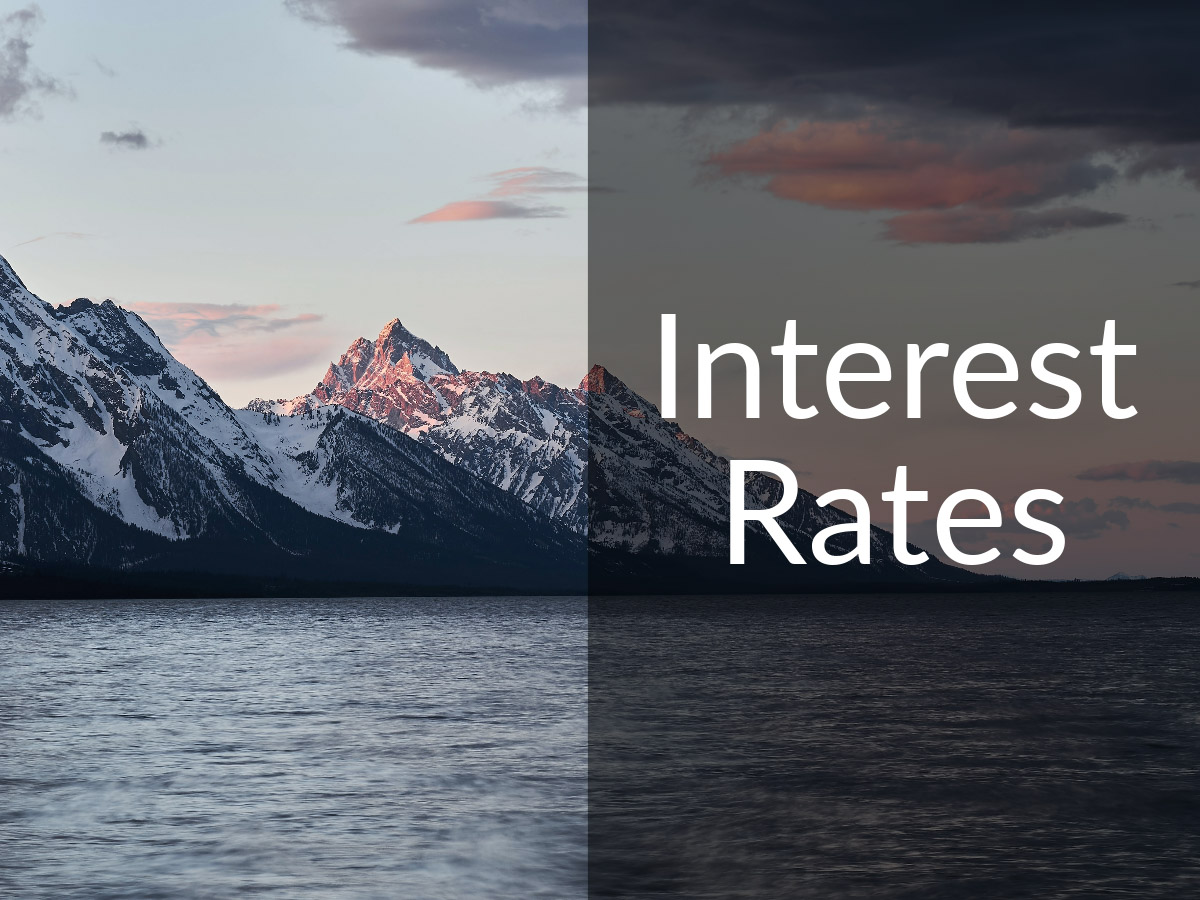Why you might want to lock in higher yields now, given real interest rates are the highest they have been in 15 years.

Topics covered include:
- What was covered this year at the Federal Reserve Jackson Hole Symposium
- What are the primary policy actions central banks take, and how do they influence interest rates
- What is the neutral real rate of interest, and why is it important
- Why new ideas are central to an increasing standard of living
- What would drive interest rates higher or lower from current levels
- Why now is an attractive time to lock in longer-term yields
Show Notes
Policymaking in an age of shifts and breaks by Christine Lagarde—European Central Bank
Inflation: Progress and the Path Ahead by Jerome H. Powell—The Federal Reserve Bank
The Outlook for Long-Term Economic Growth by Charles I. Jones—Federal Reserve Bank of Kansas City
Episode Sponsors
Madison Trust Self-Directed IRA – Go here to learn more and get your $100 promo code
Factor – Use code david50 to get 50% off your meal order
Related Episodes
430: How Should Personal and National Wealth Be Measured?
403: The Pandemic Might Be “Over,” but Not Its Repercussions
400: What If High Inflation Doesn’t End?
Transcript
Welcome to Money for the Rest of Us. This is a personal finance show on money, how it works, how to invest it, and how to live without worrying about it. I’m your host, David Stein. Today is episode 448. It’s titled “Where Are Interest Rates Headed Next? Insights from the Jackson Hole Symposium.”
Federal Reserve Annual Symposium
Each year in late August, just over the mountains from our cabin in Idaho, the Federal Reserve Bank of Kansas City hosts its annual symposium in Jackson Hole, Wyoming. This prestigious event is attended by central bankers, policymakers, academics, some investors, and a few journalists. You need an invite to go. It’s a highly curated list. Of course, I’ve never been invited, even though not that far of a drive.
The agenda is very focused. They’ll discuss employment, central bank policy, financial markets, economic growth, and trade. In this year’s symposium, there are really six sessions or key topics. That’s not including Federal Reserve Chair Jerome Powell’s speech, or Christine Lagarde’s luncheon speech. She’s the president of the European Central Bank.
The conference is kicked off by the speech by the Federal Reserve Chair, and the theme on Friday—it’s a two-day event—was monetary policy and growth, and then on Saturday, the theme was global trade and global financial flows.
In her luncheon speech, Christine Lagarde quoted the Danish philosopher Soren Kierkegaard, who said that “Life can only be understood backwards, but it must be lived forwards.” Lagarde continued, “Since our policies operate with lags, we cannot wait for the parameters of this new environment to become entirely clear before we act. We have to form a view of the future and act in a forward-looking way. But we will only ever truly understand the effects of our decisions after the fact. So we will have to establish new frameworks geared towards robust policymaking under uncertainty.”
Decision Making Under Uncertainty
Central bankers have to make decisions not knowing what’s going to happen. It’s highly uncertain. So when we think about our own investing, clearly, we don’t know what’s going to happen. We’re making forward-looking decisions under uncertainty, including how much to invest in bonds, and whether we should lock in higher rates, for example by buying a Treasury Inflation Protection Security right now, where we can get a real yield of close to 2%.
Over the next decade, earn 2% plus the rate of inflation. That seems like a straightforward decision, but what if real rates go higher, and we’ll feel regret because we missed out because we could have locked in interest rates even higher?
Central Bank Policy Decisions
Now, what are these central bank policy decisions that Lagarde refers to? She’s the head of the European Central Bank; their policy committee is making decisions; the Federal Reserve Open Market Committee is making decisions. One of their primary decisions is the level of short-term interest rates, what are known as the policy rates. In the US, it’s the US Federal funds rate. Deciding whether that rate should be higher or lower, and making those changes is what is known as monetary policy.
As the Federal Reserve and other central banks raise short-term interest rates, that can influence longer-term interest rates, because longer-term interest rates, one of the main factors is what is the consensus expectation for what the future short-term interest rates will be?
As a Money For the Rest of Us Plus member, you are able to listen to the podcast in an ad-free format and have access to the written transcript for each week’s episode. For listeners with hearing or other impairments that would like access to transcripts please send an email to team@moneyfortherestofus.com Learn More About Plus Membership »
